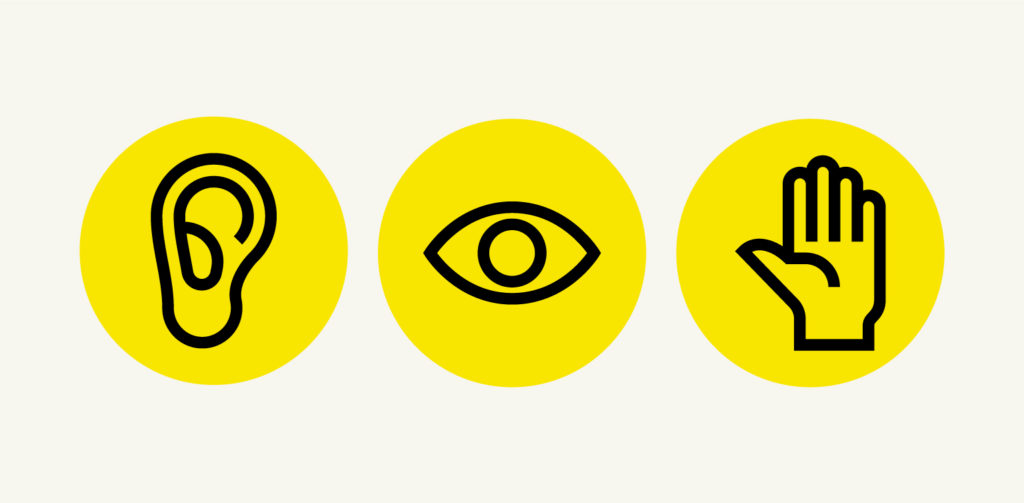Many of our clients ask us about website accessibility – what’s needed? how much does it cost? does my website need to be accessible? how much is good enough?
The UX Collective has recently published a guide intended to take another look at the topic, called “Giving a damn about accessibility. A candid and practical handbook for designers.”
The intro to this new important guide:
“Digital accessibility is the inclusive practice of ensuring that everyone has equal access to information, functionality, and experience on digital platforms. That means no barriers prevent interaction with, or access to, digital products by people with any type of disabilities or traits commonly linked to disabilities.
This includes:
- Physical disabilities, such as hearing loss, vision loss, or mobility issues;
- Neurodiversity conditions including autism, attention deficit disorder, and dyslexia;
- Socio-economic discrimination, which impacts people with disabilities in the US at a rate 2 ½ times higher than people without disabilities.
The overall definition of disability includes disabilities that are permanent, temporary, and situational. It’s been over two decades since the first version of the Web Content Accessibility Guidelines (WCAG) was launched, in 1999. Since then, a lot of content has been published online around how designers and developers can apply those guidelines to the work they do every day.
Many published accessibility guides are either:
- Too prescriptive (making it seem like the items on the checklist are all you have to care about).
- Too aspirational (painting a utopian picture that doesn’t drive action).
- Too charity-driven (driving the point that people with disabilities are to be pitied and painting the gaps as too enormous to ever be practically resolved).
- Biased, published to “help” the public, but in reality, the major motivation is to sell accessibility consulting services or tools.
This guide is a little different.
We at the UX Collective have partnered with our most prolific accessibility writer, Sheri Byrne-Haber, CPACC, to bring a more candid take on the topic.
The reality is: your first attempt at making anything accessible will be awful; you will run into people who might make your life harder; you will learn that accessibility isn’t an add-on; and that you cannot stop at good practices, accessibility needs you to be great to provide an equal experience to your users with disabilities.Inaccessible products are broken products. The first step to fix them is to give a damn.
Thank you for doing that,
Fabricio Teixeira + Caio Braga”
